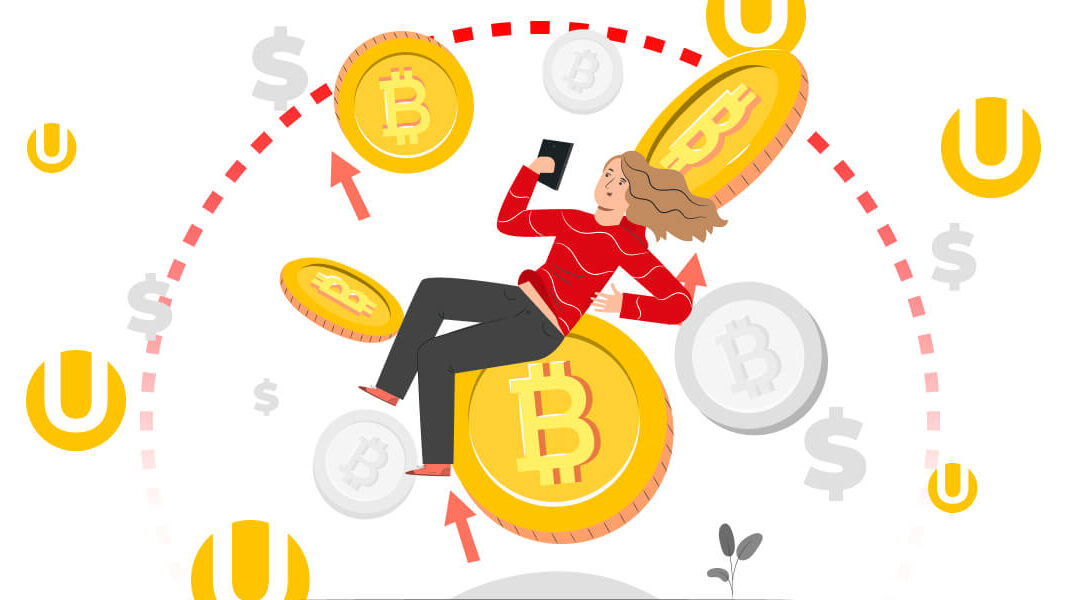Hey there, fellow blockchain enthusiasts! Today, let’s dive into a topic that often raises eyebrows and sparks curiosity: Who really has the authority to edit the blockchain?
As we delve into the inner workings of this revolutionary technology, it’s crucial to understand that blockchain operates on the principle of decentralization. In simpler terms, this means that there’s no central authority governing the entire system. Instead, the power is distributed across a network of computers, often referred to as nodes.
So, who are these mysterious guardians of the blockchain? Well, they could be anyone – you, me, or even a tech-savvy individual halfway across the globe. The beauty of blockchain lies in its inclusivity and transparency. Anyone with access to the network can potentially become a node and participate in the validation process.
Now, let’s talk about editing. In traditional centralized systems, editing privileges are typically held by a single entity – think of a bank or a government agency. However, in the realm of blockchain, things work a bit differently.
To make changes to the blockchain, a broad consensus among the network participants is required. This process, known as consensus mechanism, varies depending on the type of blockchain – whether it’s Proof of Work (PoW), Proof of Stake (PoS), or another consensus algorithm.
In PoW blockchains like Bitcoin, for instance, miners compete to solve complex mathematical puzzles to validate transactions and add new blocks to the chain. Editing the blockchain would require overpowering the majority of the network’s computational power – a task that’s not only incredibly challenging but also economically infeasible.
On the other hand, PoS blockchains rely on validators who are chosen based on the number of coins they hold and are willing to “stake” as collateral. These validators are entrusted with the responsibility of confirming transactions and maintaining the integrity of the blockchain. Again, altering the ledger would necessitate controlling a significant portion of the network’s assets – a highly unlikely scenario.
But what about public versus private blockchains? In public blockchains like Ethereum or Bitcoin, where anyone can join the network and participate in the consensus process, the editing power is truly decentralized. However, in private or permissioned blockchains, such as those used by enterprises or consortiums, editing privileges may be more restricted, typically limited to authorized participants.
Conclusion
the question of who can edit the blockchain is not a simple one. It’s a dynamic interplay of technology, consensus mechanisms, and governance structures. But one thing’s for sure – the ethos of decentralization remains at the core of blockchain philosophy, ensuring that power is distributed among the many rather than concentrated in the hands of the few.
So, the next time someone asks you, “Who can edit the blockchain?” you can confidently say, “Well, it’s a collaborative effort involving thousands of nodes worldwide – including you and me!” After all, in the world of blockchain, everyone has a voice, and everyone plays a part. Cheers to the decentralized future!

